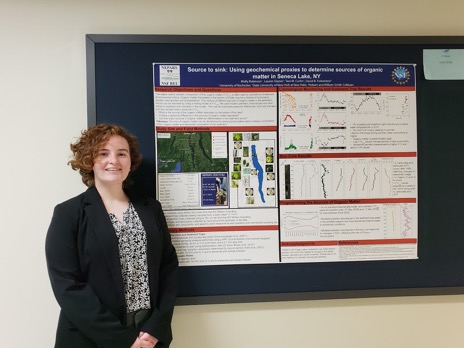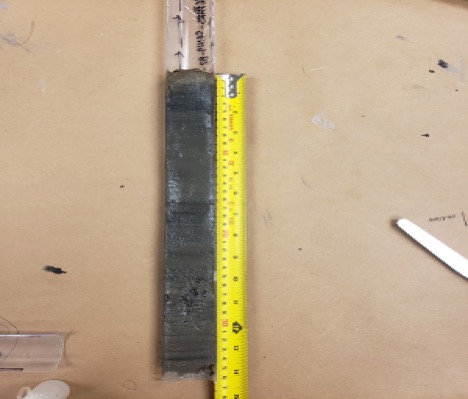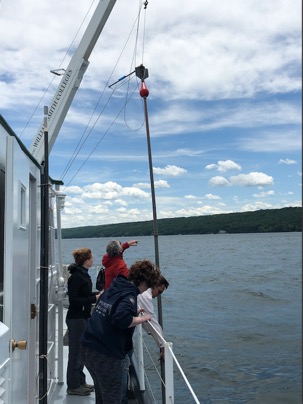Student Profiles
Molly Robinson
Class of 2021

When I was coming to college, I thought the most logical path to a career in protecting the environment would be in environmental science. I took all the extra math and science classes possible in high school, and I was excited to start my EES major at the University of Rochester. I applied to take the Meliora Seminar “Climate Futures” my freshman year, and it changed the way I thought about the environment in a way I wasn’t expecting a humanities class would. Anything humanities-related I had decided was not for me, but this class made me realize how essential the humanities are for how we think about the world around us, and I believe environmental humanities is the key to addressing climate change where before I thought science would find a solution.
After taking “Climate Futures”, I took as many environmental humanities classes as I could and picked up the minor. Classes like “Environmental History” clarify how humans interacted with nature through time, and “Environmental Apocalypse of the Anthropocene” articulates our fears for the future and describes the conditions that lead to each imagined apocalypse. These classes gave greater clarity to how every aspect of our society is tied to the environment. It is really enlightening how I can tie lessons I learn in these classes to what I am learning in my major classes, and I believe the lessons that environmental humanities teach us will be the center of efforts to combat climate change in the future. I believe this shift is already evident with increased attention devoted to climate justice movements.
Even though I have a STEM major, I like to incorporate environmental humanities into my studies. This past summer I conducted paleoclimate research in Geneva, NY. Using sediment records from the bottom of Seneca Lake, we constructed what past climate would be like from different parameters such as elemental composition of sediments and isotopic signature of organic matter. It was essential to understand the history of the area before conducting a study like this, and historical records are necessary to bridge the gap between missing data and verify other records. Precipitation and temperature data dating back to the 1850s were correlated to different signatures found in the sediment core, and land use records were necessary to see how the land area evolved over time. The area went through periods of heavy land use for agriculture followed by reforestation, which we could see reflected in the sediment records we collected. This is just one example of how I hope to incorporate lessons from the environmental humanities in my career and I’m striving to find an intersection of studying the climate while also fighting for climate justice.


